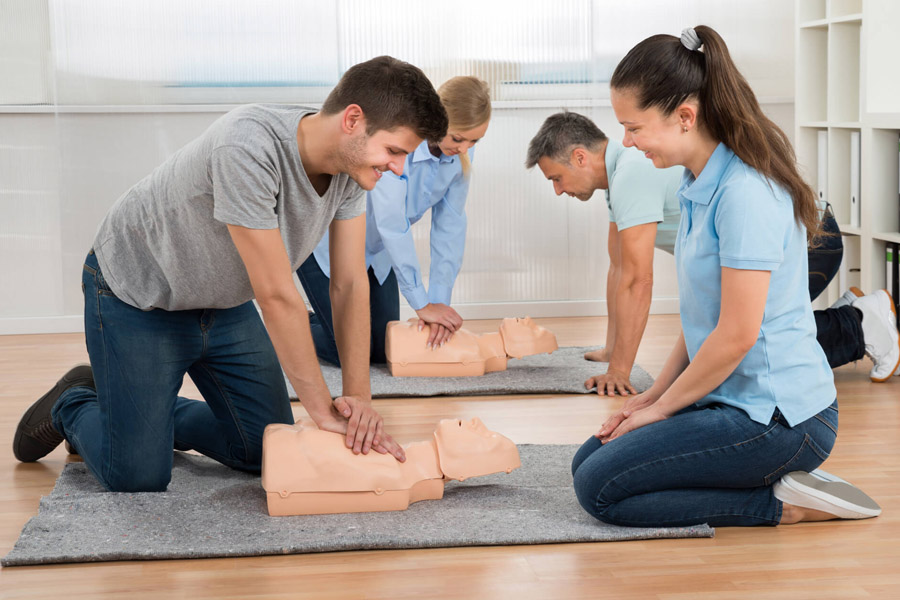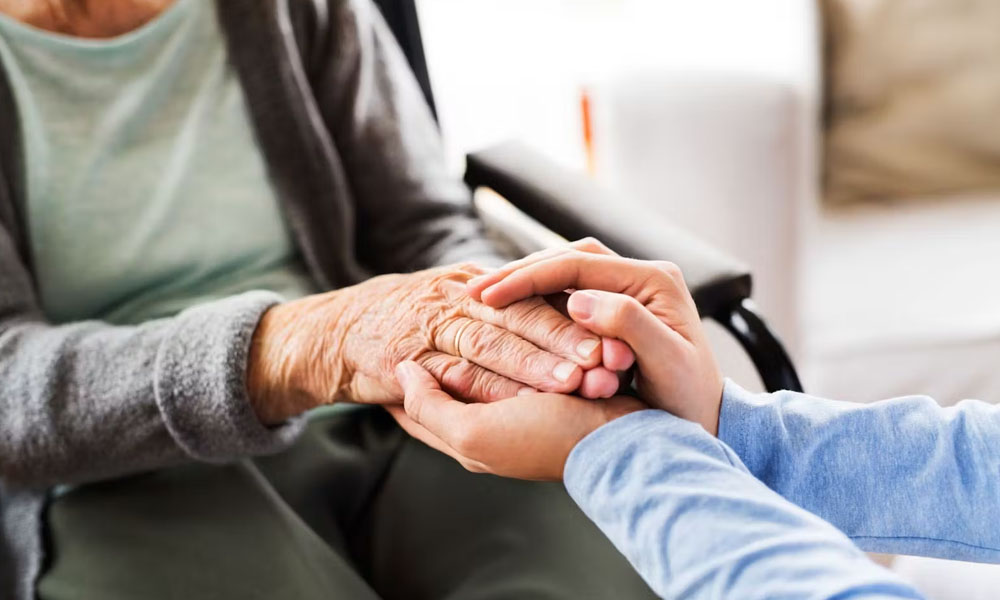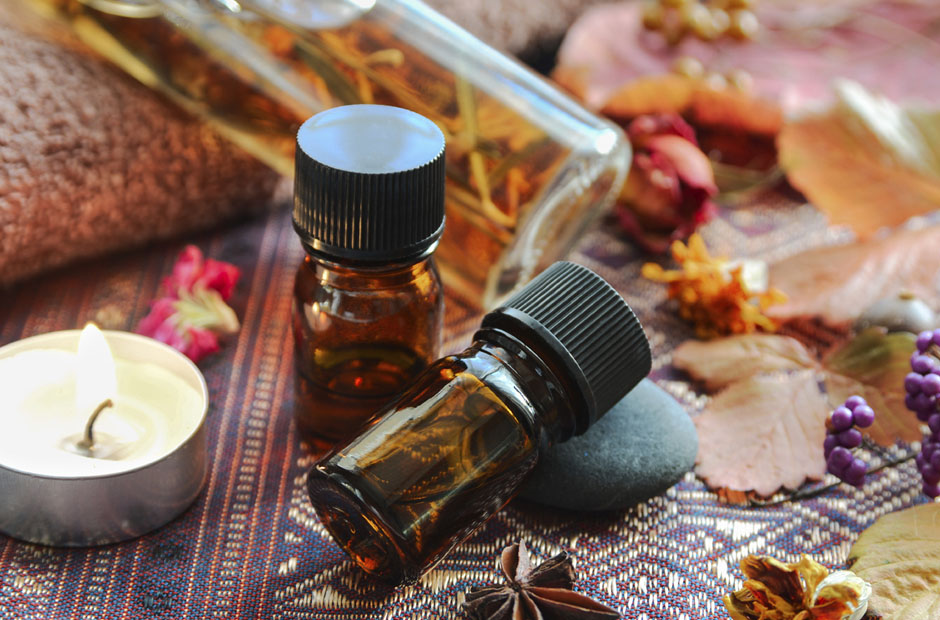Now Reading: How to Prepare for Your BLS Training and Certification
-
01
How to Prepare for Your BLS Training and Certification
How to Prepare for Your BLS Training and Certification

Imagine the scene: a bustling street corner, someone collapses, and the crowd freezes in uncertainty. But not you. You’ve got the skills, the calm under pressure, because you’ve nailed your Basic Life Support training. BLS isn’t just a certificate—it’s your ticket to being the hero in those heart-stopping moments. Whether you’re a healthcare pro dipping your toes deeper or a everyday person wanting to make a difference, prepping right turns the experience from daunting to downright empowering. Let’s dive into the steps that’ll have you striding into class like you own the place.
Understand What BLS Training Covers
Picture this: you’re in a high-stakes drama where every second counts. BLS training equips you with the tools to star in it—think CPR techniques that restart hearts, AED usage that delivers life-saving shocks, and maneuvers to clear choking hazards. It’s designed primarily for medical folks, but hey, life’s emergencies don’t check resumes, so anyone can join the ranks.
The curriculum unfolds like a well-scripted thriller. You’ll learn the chain of survival: recognizing cardiac arrest, calling for help, starting compressions, and integrating defibrillation. Hands-on sessions mimic real chaos, building muscle memory so you react instinctively. Insider tip: it’s not all intensity; instructors often weave in stories from the field, making the science stick with a dash of real-world grit. Knowing this layout ahead? It transforms jitters into anticipation, letting you absorb the nuances without feeling overwhelmed.
Choose the Right BLS Provider
Selecting a provider is like casting the perfect lead for your personal action flick—get it wrong, and the whole production flops. Aim for accreditation from heavy-hitters like the American Heart Association or the Red Cross; their stamps mean rigorous standards and up-to-date protocols. Scour reviews for those glowing accounts of engaging instructors and realistic simulations—avoid the ones skimping on practice time.
Flexibility matters too. Does the schedule sync with your life’s rhythm? Look for hybrid options blending online theory with in-person drills, or weekend intensives if you’re juggling a nine-to-five. And don’t overlook class size; smaller groups mean more one-on-one feedback, turning generic lessons into tailored triumphs. Picking wisely isn’t just smart—it’s the secret sauce that amps up your confidence and retention.
Review Basic Anatomy and Terms
Before the curtain rises on your training day, sneak in a quick anatomy refresher—it’s like memorizing lines to nail your performance. Focus on the heart-lung duo: how the heart pumps oxygen-rich blood, lungs exchange gases, and what happens when that symphony hits a sour note. Terms like “airway” (keeping paths clear for breath), “compression” (pushing rhythmically on the chest), and “circulation” (ensuring blood flow) become your script’s key dialogue.
Grab free online resources—think animated videos that break down the body’s inner workings without the jargon overload. This pre-game knowledge isn’t about becoming a doctor overnight; it’s about easing into class discussions, spotting connections during demos, and asking sharper questions. You’ll feel like an insider, nodding along as concepts click, rather than scrambling to catch up.
Wear Comfortable Clothing and Be On Time
Envision yourself mid-scene, kneeling for compressions in stiff jeans—nightmare fuel. Opt for breathable, flexible gear: think gym shorts, tees, and sneakers that let you move freely without distractions. It’s practical magic, keeping you focused on technique instead of tugging at uncomfortable seams.
Punctuality? That’s your director’s cue for a smooth start. Roll in 15 minutes early to handle check-ins, mingle with classmates, and shake off any pre-class nerves. It sets a respectful tone, ensures you don’t miss vital intros, and gives your mind space to gear up. These little rituals? They weave a web of readiness, making the day flow like a well-rehearsed sequence.
Bring the Right Materials
Packing for class is akin to prepping your hero’s toolkit—miss an item, and the plot twists against you. Essentials include a notebook for jotting insights, a reliable pen, and a water bottle to stay hydrated through the action. Inquire about provided manuals; if not, snag one digitally beforehand for a head start.
Snacks? Smart for those energy dips during breaks—nuts or fruit keep your brain sharp without the crash. Toss in hand sanitizer and a mask for that extra layer of hygiene, especially in group settings. This arsenal minimizes hiccups, letting you immerse fully in the learning adventure. It’s the understated prep that elevates your experience from good to great.
Practice at Home After the Class
The credits don’t roll when class ends; that’s when your real montage begins. Transform your living room into a training ground—use a firm pillow as a stand-in dummy for compressions, syncing to that 100-120 beats-per-minute rhythm (pro tip: hum “Stayin’ Alive” for perfect timing). Revisit AED steps with imaginary scenarios, building fluidity.
Supplement with online tutorials or your course booklet, replaying tricky parts until they feel second nature. Regular drills—maybe weekly—cement these skills, ensuring they’re primed for any sudden plot twist life throws. It’s this ongoing commitment that turns one-off learning into lifelong capability, with a playful edge of turning chores into life-saving rehearsals.
FAQ
What is BLS training exactly?
BLS stands for Basic Life Support, teaching essential skills like CPR, AED use, and choking relief to respond effectively in cardiac emergencies. It’s hands-on and focuses on immediate actions to sustain life until professional help arrives.
Who should take BLS certification?
Healthcare workers often require it, but anyone interested in emergency preparedness—from teachers to parents—can benefit greatly. No prior experience is needed, making it accessible for all.
How long does BLS training typically last?
Most courses run 4-6 hours, blending theory with practical sessions for a comprehensive yet efficient experience. Recertification every two years keeps skills current.
Do I need any prior knowledge for BLS?
A basic understanding of anatomy helps, but courses start from fundamentals, so beginners thrive with just enthusiasm. Pre-reviewing terms can enhance comfort.
What if I fail the certification test?
Retakes are usually allowed, often on the spot or shortly after, with instructors providing feedback to improve. Practice and focus during class minimize this risk.
Is online BLS training effective?
Hybrid models work well, combining virtual lessons with in-person practice for solid skill-building. Fully online options exist but prioritize those with hands-on components for best results.
How often should I recertify BLS?
Every two years is standard to refresh techniques and incorporate updates in guidelines. Regular practice in between maintains proficiency.
Can BLS skills be used on children?
Yes, courses cover adaptations for infants and kids, adjusting compression depth and techniques accordingly. It’s crucial for family-oriented preparedness.
What’s the difference between BLS and CPR?
CPR is a core component of BLS, but BLS expands to include AED, team dynamics, and broader emergency responses. Think of CPR as a scene within the full BLS script.
Are there costs associated with BLS training?
Fees vary by provider, typically covering materials and certification, but scholarships or employer reimbursements can offset expenses. Quality accreditation justifies the investment for life-saving knowledge.





















